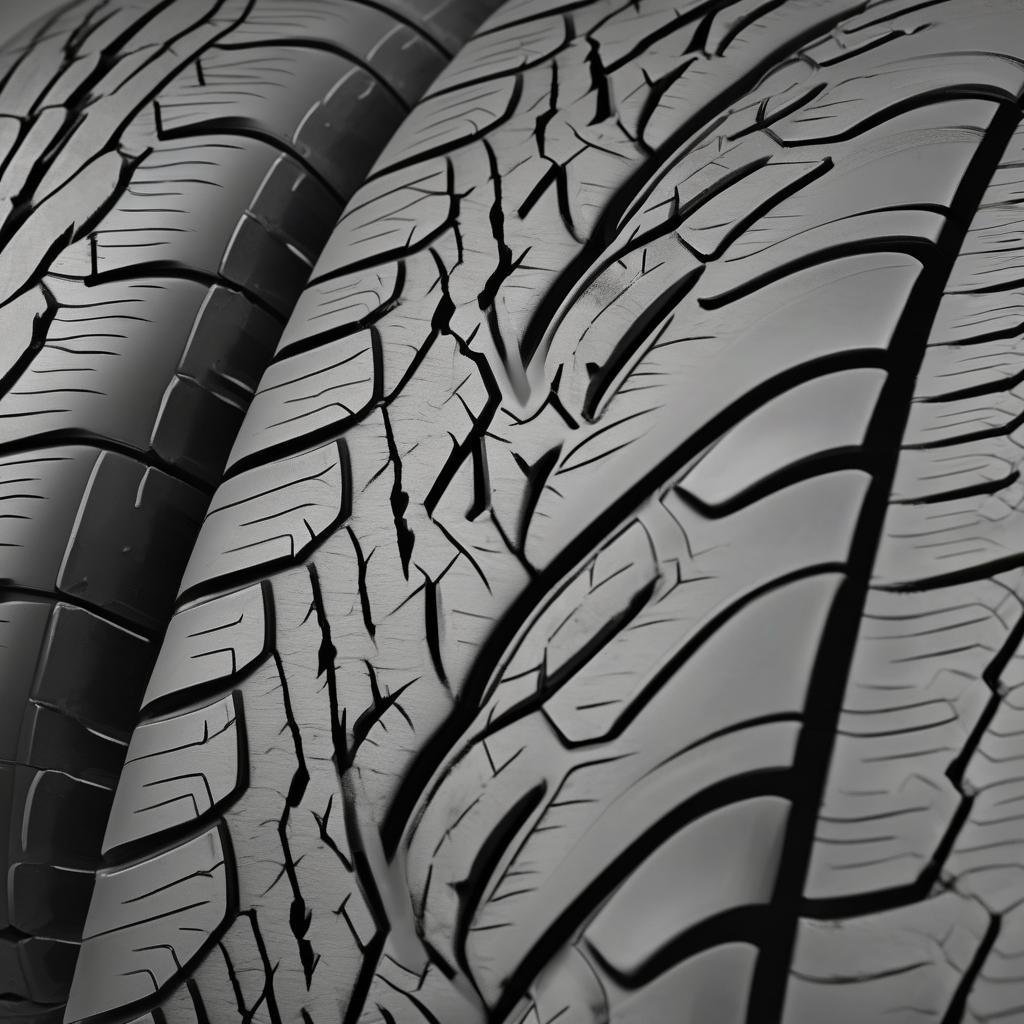
Signs of Uneven Tire Wear
“`html
Signs of Uneven Tire Wear: Causes and What It Says About Your Alignment or Suspension
Introduction
Uneven tire wear is more than just an aesthetic issue—it’s a warning sign that something may be wrong with your vehicle’s alignment, suspension, or tire maintenance. Recognizing these patterns early can save you money on premature tire replacements and prevent potential safety hazards. This guide will help you identify common wear patterns, understand their causes, and determine when to seek professional help.
Common Types of Uneven Tire Wear and Their Causes
1. Inner or Outer Edge Wear (Camber Wear)
When you notice excessive wear on either the inner or outer edge of your tire, this typically indicates an alignment issue known as camber misalignment. This occurs when your wheels tilt too much inward or outward. Common causes include:
- Worn suspension components (ball joints, bushings)
- Improper wheel alignment
- Vehicle modifications that affect suspension geometry
2. Center Wear
If the center of your tire is wearing faster than the edges, this usually points to overinflation. When tires are inflated beyond the manufacturer’s recommended pressure, the center of the tread bulges outward and bears most of the vehicle’s weight. Regularly checking your tire pressure can prevent this issue.
3. Cupping or Scalloped Wear
This distinctive pattern appears as dips or cups around the tire’s circumference and often indicates suspension problems. Potential causes include:
- Worn shock absorbers or struts
- Unbalanced tires
- Damaged or worn suspension components
What Your Tire Wear Says About Your Vehicle
Uneven wear patterns can reveal specific issues with your vehicle’s mechanical systems:
Alignment Issues
Consistent wear on one side of the tire suggests your wheels aren’t properly aligned. This not only causes premature tire wear but can also affect handling and fuel efficiency.
Suspension Problems
Irregular wear patterns like cupping often point to worn suspension components that need attention. Your suspension system is crucial for maintaining consistent tire contact with the road.
Rotation Neglect
If you notice different wear patterns between front and rear tires, you might need to follow proper tire rotation patterns more regularly. Front tires typically wear differently than rear tires due to steering forces and weight distribution.
Preventing and Addressing Uneven Tire Wear
To extend your tire life and maintain vehicle safety:
- Check tire pressure monthly and maintain proper inflation
- Rotate tires every 5,000-8,000 miles
- Get regular wheel alignments (especially after hitting potholes or curbs)
- Inspect suspension components during routine maintenance
- Replace tires when they reach the minimum tread depth
Conclusion
Uneven tire wear serves as your vehicle’s early warning system, signaling potential alignment, suspension, or maintenance issues. By regularly inspecting your tires and addressing wear patterns promptly, you can improve safety, extend tire life, and avoid more costly repairs down the road. If you notice significant uneven wear, consult a professional mechanic to diagnose and correct the underlying problem.
FAQ
How often should I check for uneven tire wear?
Inspect your tires at least once a month and before long trips. Look for any unusual wear patterns or changes in tread depth.
Can uneven tire wear be fixed?
While you can’t reverse existing wear, correcting the underlying issue (alignment, suspension, etc.) will prevent further uneven wear. Severely worn tires may need replacement.
Is it safe to drive with uneven tire wear?
Significant uneven wear can compromise traction and handling, especially in wet conditions. It’s best to address the issue promptly for safety.
“`
